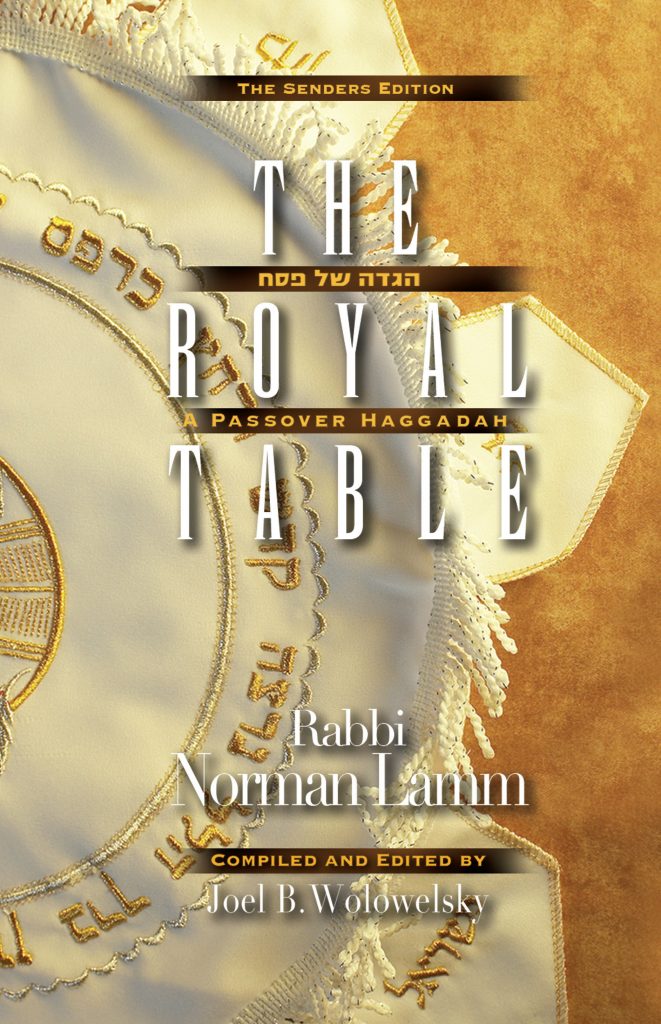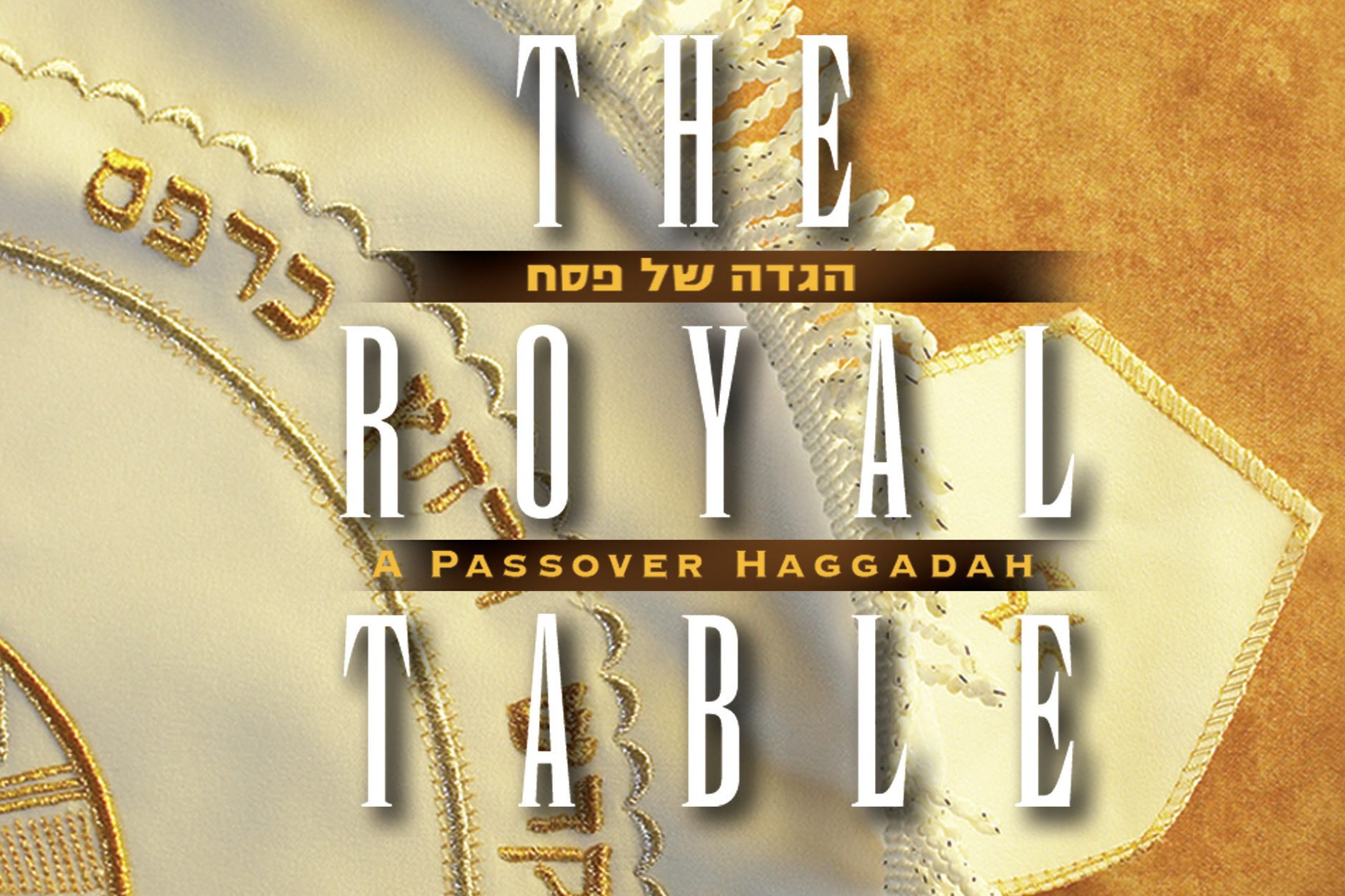 Matzah — The festival of Passover is the celebration of our freedom. Passover not only commemorates an act of liberation in the dim past, but reminds us that the aspiration to and striving for freedom are unending tasks. Freedom is quixotic. One is never sure of it. It is not something which, once achieved, is forever certain, safe, and secure. It requires constant struggle. Judaism no doubt endorses the American Revolutionary slogan, “Eternal vigilance is the price of liberty.”
Matzah — The festival of Passover is the celebration of our freedom. Passover not only commemorates an act of liberation in the dim past, but reminds us that the aspiration to and striving for freedom are unending tasks. Freedom is quixotic. One is never sure of it. It is not something which, once achieved, is forever certain, safe, and secure. It requires constant struggle. Judaism no doubt endorses the American Revolutionary slogan, “Eternal vigilance is the price of liberty.”
All of Jewish history is, in a manner of speaking, a long record of freedom lost and regained; a drama of galut and ge’ullah (exile and redemption); of herut and ‘avdut (freedom and slavery). It is as if Jewish history were really a large Seder table, where sometimes we drink the Four Cups and are heady with freedom — and then bite into the bitter herbs and experience the agony of subjugation; where now we practice hessebah, inclining in a manner of aristocracy (in addition to health reasons as mentioned in the Talmud), and then taste the humiliation of the haroset. And sometimes, perhaps most times, life is more like the matzah — a peculiar and paradoxical blending of both motifs, of freedom (for matzah is the sign of that bread which did not rise because we were in a hurry to leave Egypt and emerge from servitude) and slavery (the “bread of affliction”).
~~~
Matzah is called “lehem ‘oni, the poor man’s bread” — a denial of the ability of money or material influence to save us. It is a symbolic refutation of the omnipotence of science and technology by the very fact that matzah must be made from the simplest of substances, flour and water alone, in the most primitive of ways. The matzah is a bread which does not rise, it does not push itself up in boastfulness, and is thus a symbol of humility, a denial of the working of the ego in and of itself. Pleasure too is counted out: by custom we do not salt the matzah which we eat at the Seder as we do with the bread that we eat all year long. And even power is dismissed, symbolized by the fact that the matzah we eat at the Seder, in fulfillment of the special commandment, must be perusah, a broken matzah, a symbol of powerlessness. So the matzah itself is a symbol of iconoclasm or the breaking of the idols of our times, and thus becomes a most appropriate “food of faith,” as some Kabbalists refer to matzah.
Maror — The maror that we eat at the Seder is more than just a vegetable recalling the hard times inflicted upon our remote ancestors in ancient Egypt. It is the very symbol of human anguish through all the ages, and what we do with the maror is an expression of the Jewish philosophy of suffering as it issues out of the historical experience of the Jewish people.
Consider how astounding is our attitude towards this piece of food and how it speaks volumes to us. We do not weep when we eat it. We take this maror, this morsel of misery, and we recite a berakhah over it, as if to say, “Thank you, God, for the miserable memory!” We then take this bitter herb and dip it into haroset, the sweet paste of wine and nuts and fruit. Life, we say in effect, is neither all bitter nor all sweet. With rare exceptions, it is bittersweet, and we ought not to bemoan our fate but to bless God for it.
Ever since Adam and Eve ate of the Tree of Knowledge of Good and Evil, our Kabbalists taught us, good and evil are commingled, and life others us neither pure, unadulterated goodness nor pure, unredeemable wickedness. The pessimist deplores the bitter and the bad that corrupts the sweet and the good. The optimist is delighted that the sharp edge of bitterness is softened with sweetness, that there is some good everywhere. That is why when the Jew, the eternal optimist, dips his maror into the haroset, he makes a berakhah.
That too is why when we celebrate the zeman herutenu, the season of our liberation, we lean and recline as did ancient Roman noblemen while partaking of their banquet. Let others laugh at the comical Jew who tells himself he is a king while he is being tormented. We know it is true. Life is bitter, but we have dipped it into the sweetness of haroset. Hence, as we come to Pesah this year and every year, we relearn our lesson. Many of us enter the holiday burdened with a secret sigh, a heavy heart, a distracted mind, and a soul sorely troubled. Yet, as Jews, we shall look for the sweet, we shall perform the tibul maror beharoset, the dipping of the maror in the haroset, and experience by sheer will the simhat yom tov, the happiness of the holiday.
But the message of maror is more than just the awareness of the bittersweet taste of life, more than just the idea that every black cloud has a silver lining. What maror wants to tell us is that misery is not meaningless, that pain is not pointless punishment, that human anguish has larger dimensions, that the bitter leads to the sweet. In fact, without the foretaste of maror, haroset loses its value. There can be no sweet without bitter, no light without darkness before it, no joy without prior sadness. There can be no wealth without poverty, no faith without doubt, no freedom without slavery, no redemption without exile. A people that dips maror into haroset and makes a berakhah over it is defeated neither by fate nor by foe. A folk that can find the mellow in a morsel of misery can drive away the darkness with its own light, the outer sorrow with the inner joy.
Excerpted from newly published haggadah with extensive commentary, The Royal Table: A Passover Haggadah by Rabbi Norman Lamm.
Celebrate the publication of Rabbi Dr. Norman Lamm’s new Haggadah, The Royal Table. Special presentations by Rabbi Dr. Tzvi Hersh Weinreb and Rabbi Meir Soloveichik on the history and relevance of Haggadah commentaries. An assortment of Haggadot will be available for purchase. Book signing with Rabbi Norman Lamm to follow. The Jewish Center in Manhattan, Wednesday, March 10 at 8pm. More information is available at OUPress.org
